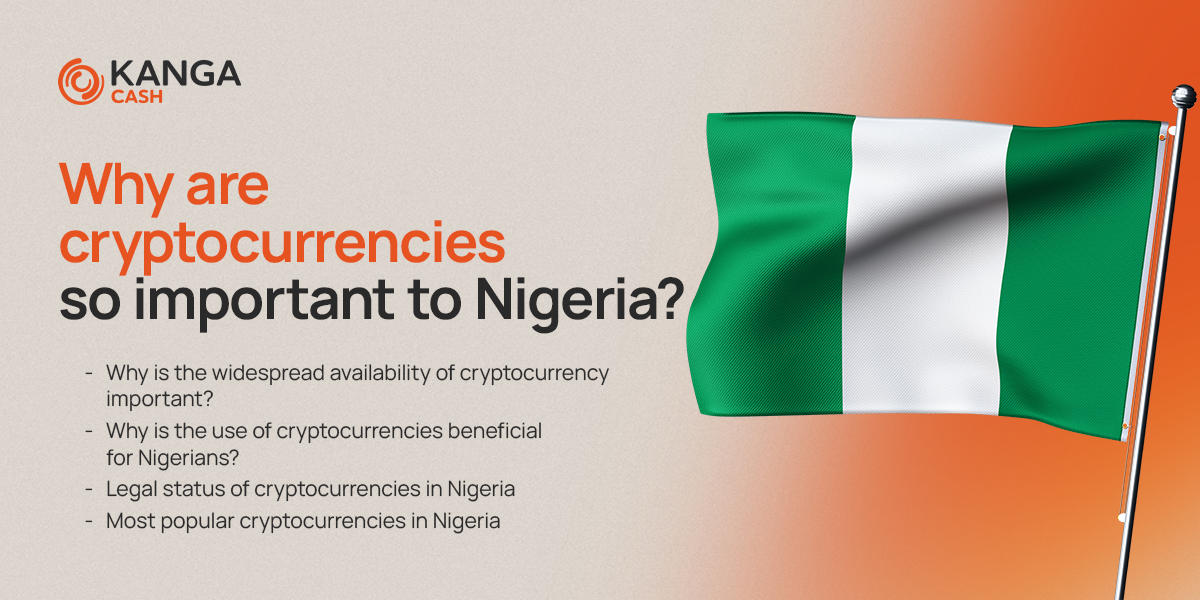Blockchain - what's the story behind this technology?

Governments, companies, and other organizations research and implement blockchain technology to meet a wide variety of needs – most of which have nothing to do with digital currency. Blockchain offers security, immutability, traceability and transparency in a distributed network. This makes it well suited to applications that have become difficult to handle with traditional infrastructure.
Blockchain is a type of database that is a public ledger for recording transactions without the need for a third party to verify each transaction. Blockchain is distributed over a peer-to-peer (P2P) network. It consists of blocks of data that are linked together to form a continuous chain of immutable records. Each computer on the network keeps a copy of the ledger to avoid a single point of failure. The blocks are added in sequential order, and are permanent and tamper-resistant.
Blockchain first offered a distributed public ledger to handle bitcoin cryptocurrency. In addition to streamlining transactions, it reduced the price of using third parties to verify the information. Compared to traditional methods of managing distributed transactions, blockchain also offered greater transparency, traceability and security. Although blockchain technology is relatively young, it is already making a significant impact on the reality around us.
Blockchain – early years
Surprisingly, blockchain as technology was around many years before the creation of bitcoin itself. One of the earliest and more relevant examples is the Merkle tree, named after public key cryptography researcher Ralph Merkle. His doctoral dissertation, Secrecy, authentication and public keys systems, defended at Stanford University in 1979, dealt with a proprietary way of distributing public keys and digital signatures called the “Merkle Tree“. The concept was eventually patented by him and became a method for providing digital signatures. This one also has a data structure that makes it possible to verify individual records.
In his 1982 dissertation at the University of California, David Chaum described a vault system used to set up, maintain and trust computer systems by mutually suspicious groups. This one consisted of the various components of a blockchain. Chaum eventually founded the DigiCash Corporation in 1989, which dealt with electronic payments specifically.
Interestingly, it was around this time that the P2P network, a concept widely popularized by the now-defunct Napster in 1999, was born. Some argue that because Napster operated on a centralized server, there was no question of a true peer-to-peer network. Nevertheless, it was still possible for the service to build a distributed system that could use the computing power and memory of thousands of machines.
Around this time, the proof-of-work (PoW) concept was also developed to verify computational efforts and thwart potential cyber-attacks. Thus, in 1997 hashcash was created, a PoW method that provides protection in the event of a denial-of-service attack. Its creator is Adam Back, who was looking for a way to reduce email spam. Then, in 2004, Hal Finney invented the reusable PoW, a mechanism for exchanging a non-exchangeable token for one signed by the RSA (Rivest-Shamir-Adleman) algorithm. Currently, the PoW method is crucial for bitcoin mining.
2008-2009: Bitcoin begins and the blockchain grows
Satoshi Nakamoto released a white paper in 2008 outlining the ideas behind bitcoin and blockchain. It is believed that the nickname “Nakamoto” may refer to one person or a group of people. In its contents can be read: the following: blockchain instrastructure will enable secure peer-to-peer transactions without the need for trusted third parties such as banks or governments. Although Nakamoto’s exact identity is still unknown to this day, there are several theories as to who it allegedly could be.
The design of bitcoin and its blockchain, which was introduced in 2008, was built on ideas and technologies drawn from the previous three decades. The idea of a “blockchain” was just proposed through the Nakamoto project. It allowed blocks to be added without the need for third-party authentication. In fact, Nakamoto defined digital currency as a “chain of digital signatures” in which each owner transfers ownership to the next owner. This is achieved by “digitally signing the hash of the previous transaction and adding the new owner’s public key at the end of the block,” using guidelines listed in the white paper.
2010-2012: Dissemination of the blockchain network
In 2012, people became increasingly enthusiastic about cryptocurrencies. The price of bitcoin fluctuated a lot during the year, nevertheless mostly staying around $5. At that time, the debut issue of Bitcoin Magazine, founded by Mihai Alisie and Vitalik Buterin, was published. To advance the idea of bitcoin and improve its public perception, a dedicated Bitcoin Foundation was also established.
2013-2015: Ethereum and blockchain are gaining fame
Launched in 2015, the Ethereum network under the name Frontier allowed developers to create decentralized applications and smart contracts. What’s more, these could be run on a functional network. This is one of the reasons why ETH today is one of the most well-known applications of blockchain technology. At the same time, it was able to attract a committed developer community that is constantly active. If you want to learn more extensively about Ethereum, we refer you to another post on our blog.
2016-present: Blockchain in the mainstream
Over the past six years, interest in the adoption of blockchain for purposes other than cryptocurrencies has increased. The prediction is that the trend will continue, with governments and corporations looking to implement it further. In addition, blockchain technology is increasingly seen as a potential service. Thus, there is a greater demand than ever for skilled developers capable of working in its ecosystem.


